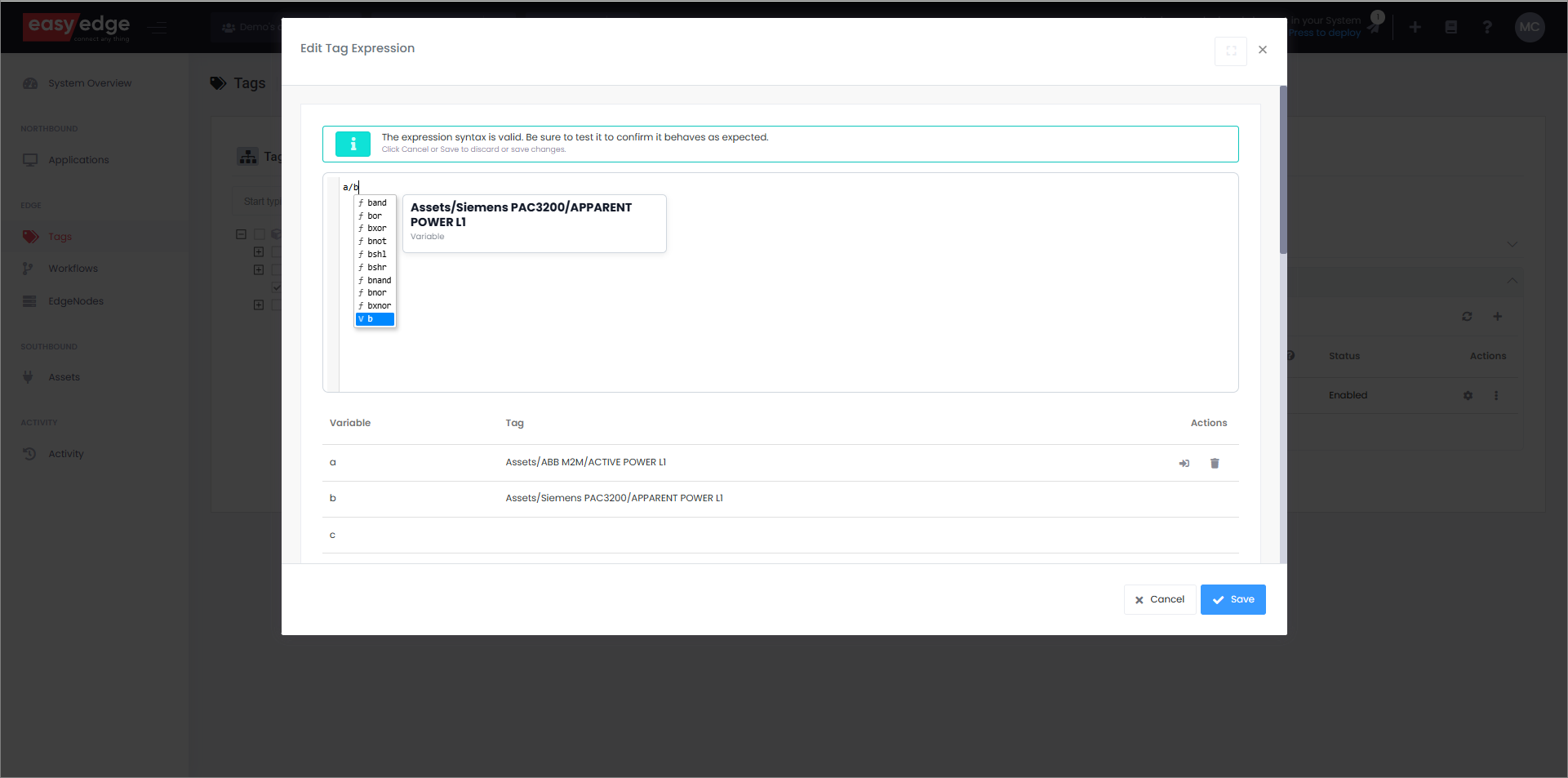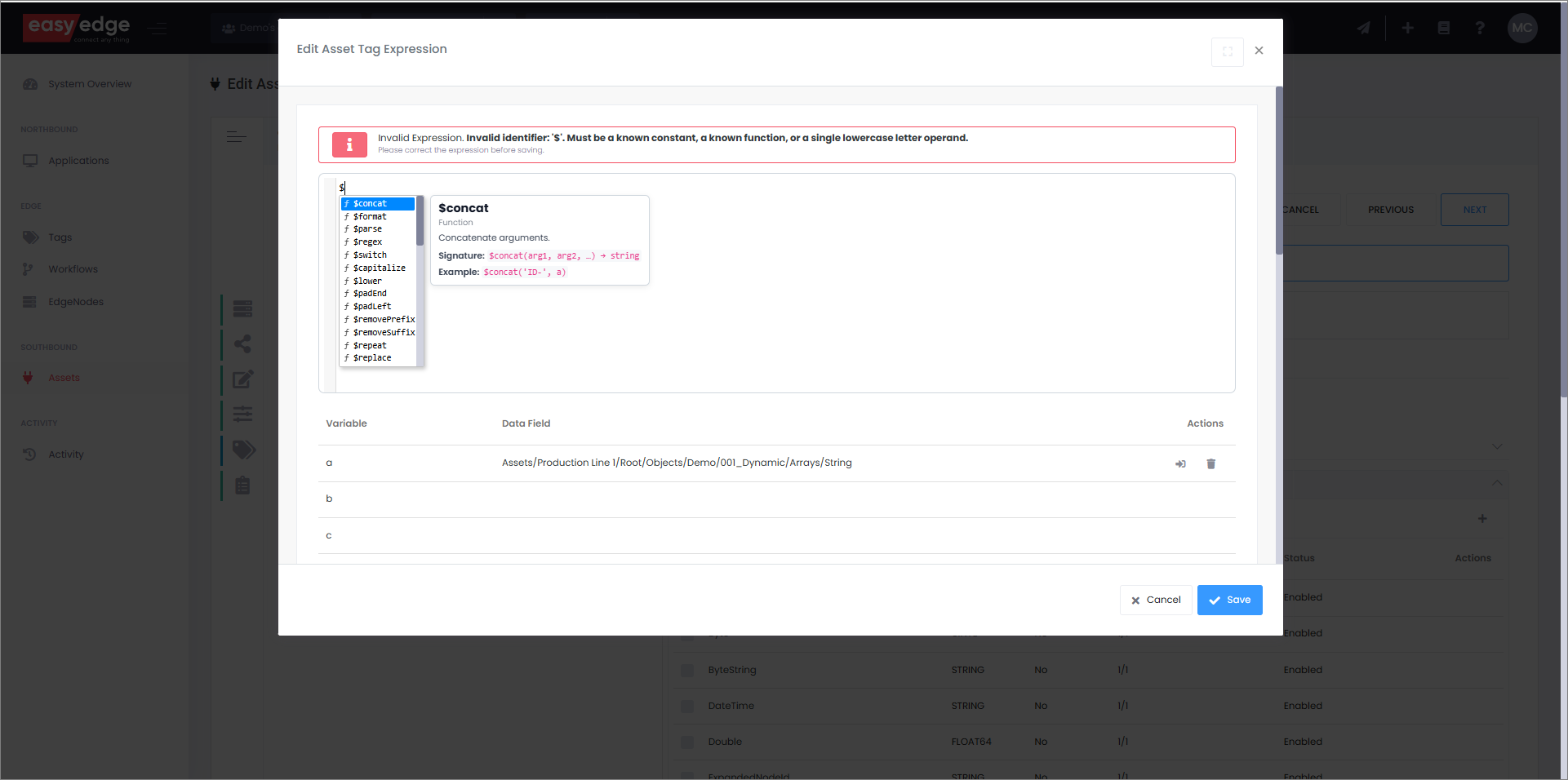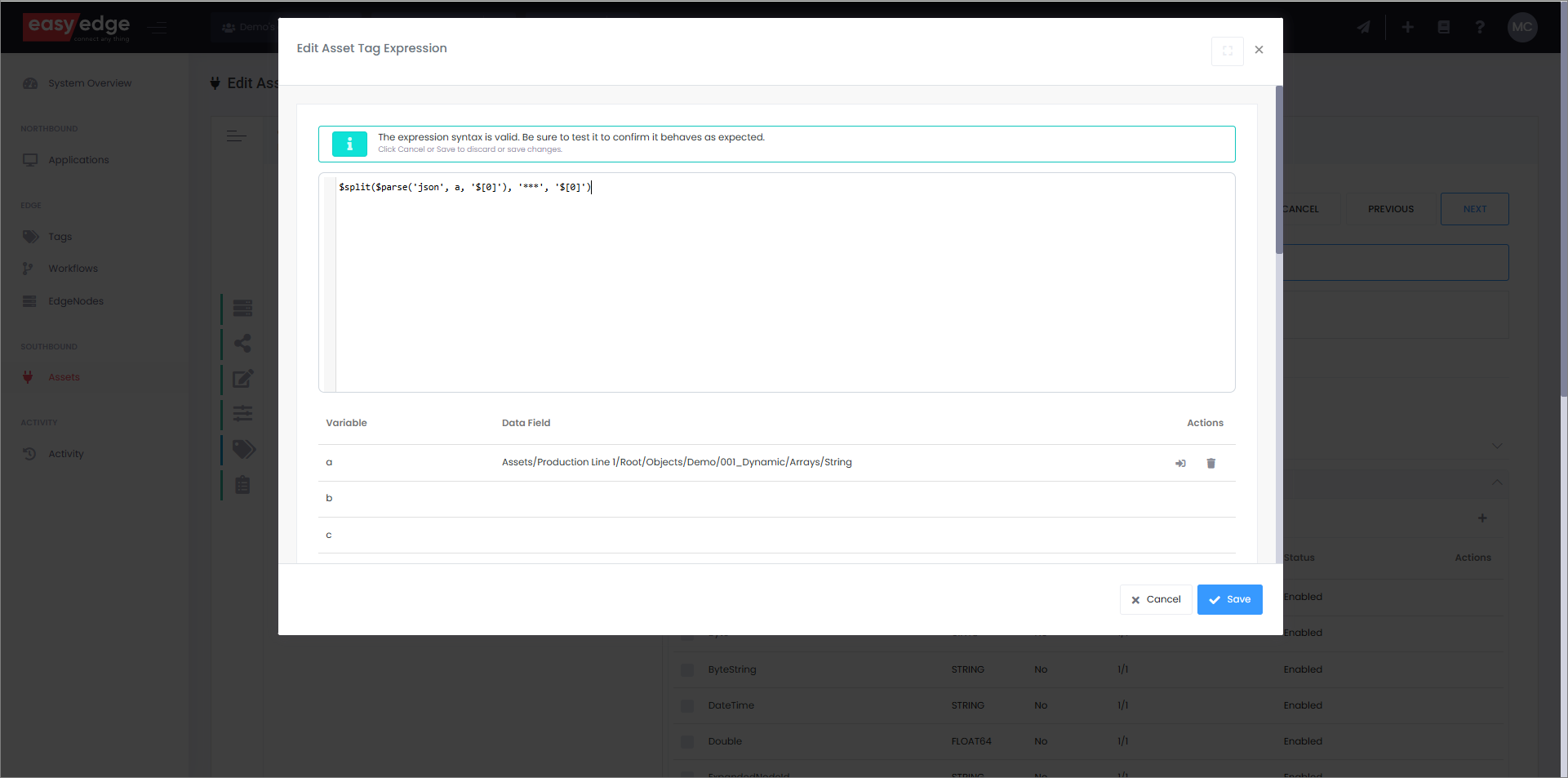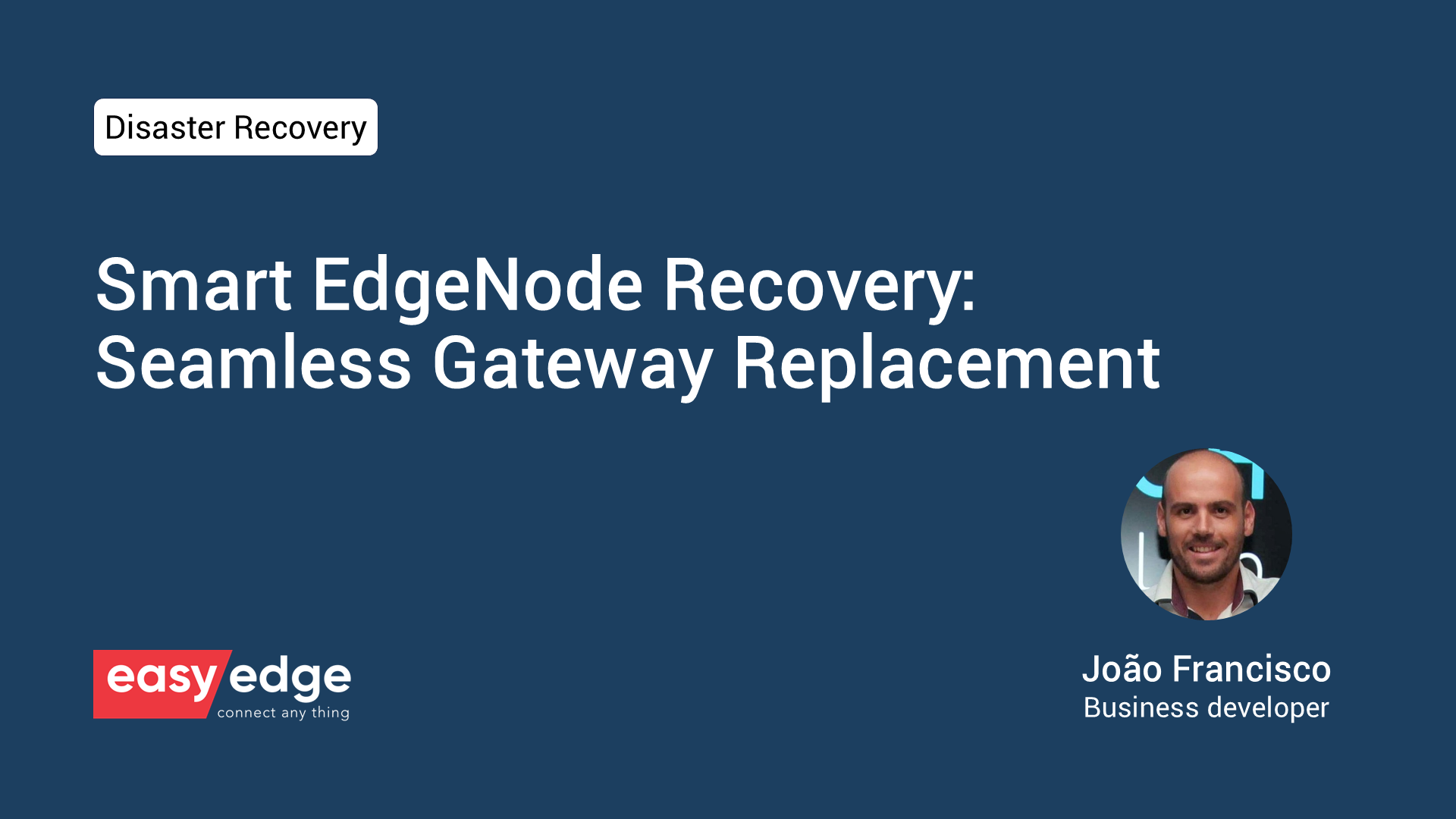
I'm passionate about bridging technology with real-world applications, shaping product strategies that deliver meaningful impact. With EasyEdge, our AI-powered, cloud-first Industrial Edge DataOps platform, I focus on turning industrial data into scalable business outcomes and driving innovation where it matters most: at the edge.
Why Edge Data Processing Matters
Industrial systems generate enormous amounts of data every second, from sensors, PLCs, meters, and machines. If all this raw data were sent directly to the cloud, the cost, latency, and complexity would be overwhelming. More importantly, raw signals often lack the context and quality required for meaningful analytics.
Edge Data Processing addresses this by moving intelligence closer to the data source. By transforming, cleaning, and enriching data at the edge, organizations reduce noise, cut bandwidth costs, and deliver actionable information in real time to their enterprise applications. This is where EasyEdge takes center stage: providing a framework that empowers users to design, execute, and scale data operations directly where the data is born.
How the EasyEdge Operations Engine Works
At the core of EasyEdge lies the Operations Engine, a flexible framework for executing transformations, calculations, and logic flows in real time. Its power comes from the ability to combine expressions, mathematical operators, and dynamic functions into workflows that process data before it ever leaves the edge.
1. Expressions as the Building Blocks
- Expressions allow users to define how data should be interpreted, transformed, or calculated.
- They can be as simple as converting a temperature from Celsius to Fahrenheit, or as advanced as calculating efficiency ratios across multiple input streams.
2. Mathematical Expressions
- The engine supports a wide library of operators, from basic arithmetic (+, -, /, *) to advanced functions like logarithms or trigonometric calculations.
- This means even complex engineering formulas can be executed directly at the edge without extra coding.
3. Dynamic Functions for Context-Aware Data
- With functions such as
$parse,$substring, or$datetime, users can extract, reformat, and enrich values from structured or unstructured data. - JSON parsing, string manipulation, and timestamp adjustments can all be handled seamlessly in real time.
4. The Power of Symbiosis
- Expressions and functions are not isolated: they can be nested and combined to create highly tailored logic.
- For example, you can parse a JSON payload, calculate a new value, and apply conditional formatting, all in one expression chain.
5. Nested Expressions for Complex Scenarios
- By nesting functions, users unlock a powerful way to build multi-step operations within a single line of logic.
- This reduces workflow complexity while still handling advanced use cases such as anomaly detection or condition-based alerts..
Practical Use Cases
- Normalize readings from different vendors’ equipment into a standard format.
- Apply unit conversions (e.g., W → kW, bar → psi) before data leaves the factory floor.
- Extract and parse specific values from large payloads to reduce bandwidth consumption.
- Build calculated KPIs such as OEE (Overall Equipment Effectiveness) directly at the edge.
Expressions: Delivering the Full Power of the Operations Engine
The real magic of the EasyEdge Operations Engine comes to life through Expressions. They are the user’s interface to advanced edge logic, giving teams the ability to design data operations without needing deep programming skills.
Tag-Level vs Data Stream-Level
Users decide whether to apply expressions at the Asset Tag (direct transformation of a field) or at the Data Stream level (pipeline-wide transformation). This flexibility makes it easy to adapt to different application needs.
On-the-Fly Transformations
A simple expression can convert sensor readings, apply multipliers, or normalize values before they are sent upstream. For example:
- Converting W to kW with a direct expression at the tag.
- Keeping the original tag as W and applying a kW conversion only at the stream level.
Consistency Across Applications
By performing transformations at the edge, every connected application (MES, ERP, cloud analytics) receives harmonized, high-quality data. This eliminates inconsistencies that often appear when transformations are scattered across different systems.
Scalable Engineering
Once expressions are defined, they can be reused across multiple assets and gateways, accelerating project deployment and ensuring uniform data treatment across the enterprise.
EasyEdge Expression Assistant: Simplifying Project Engineering
Engineering complex data logic can be challenging, especially when projects involve hundreds of tags and multiple transformation layers. The EasyEdge Expression Assistant was built to make this process intuitive and error-free.
This built-in assistant provides real-time guidance while you build or edit expressions — showing available functions, variables, and syntax suggestions directly inside the workspace. It reduces the need for manual lookups and ensures every operation follows the correct logic.

🖼️ Image 1: Shows the Expression Assistant suggesting available functions and variables as you type, helping users quickly find the right operations.


🖼️ Image 2 & 3: Demonstrate how the Assistant helps users build complex expressions step-by-step and confirms the syntax validity once everything is correctly defined.
By combining visual assistance, instant validation, and smart guidance, the Expression Assistant turns project engineering into a frictionless experience, allowing teams to focus on data logic, not on syntax or rework. This is where EasyEdge truly merges simplicity and intelligence at the industrial edge.
✅ Takeaway
The EasyEdge Operations Engine makes data smarter before it travels, and Expressions are the key to unlocking its full power. Whether it’s a simple unit conversion or a complex KPI calculation, EasyEdge brings the intelligence to the edge, ensuring your digital transformation runs on clean, contextualized, and actionable data.



